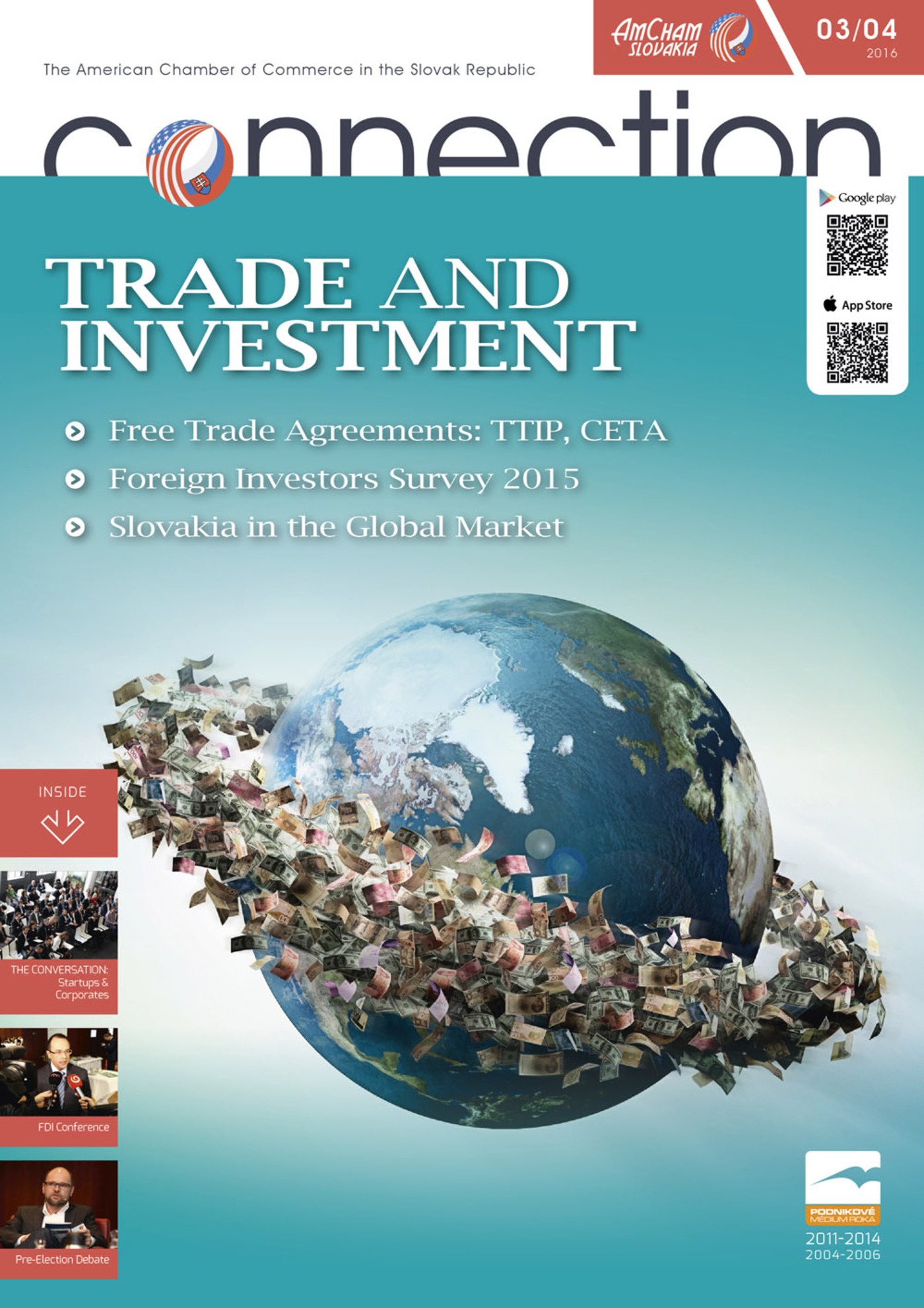What is the EU-Ukraine DCFTA?
The Deep and Comprehensive Free Trade Area (DCFTA) is part of the Association Agreement (AA) between the EU and the Republic of Ukraine. It consists of fifteen Chapters, fourteen annexes and three protocols. The DCFTA offers Ukraine a framework for modernizing its trade relations and for economic development by the opening of markets via the progressive removal of customs tariffs and quotas, and by the extensive harmonization of laws, norms and regulations in various trade-related sectors, creating the conditions for aligning key sectors of the Ukrainian economy with EU standards. Unlike classical FTAs, it provides for both the freedom of establishment in services and non-service sectors, subject to limited reservations, and the expansion of the internal market for key service sectors once Ukraine implements the EU acquis.
Background to the DCFTA
The EU and Ukraine signed the DCFTA on 27 June 2014 as part of their broader Association Agreement (AA). To avoid further destabilization of the country and to guarantee Ukraine’s access to the CIS market under the Ukraine-Russia bilateral preferential regime, in September 2014 the EU postponed implementing the DCFTA until 1 January 2016.
As Ukraine’s President Petro Poroshenko arrived in Brussels on December 16, 2015, Russian President Vladimir Putin, ordered his government to suspend a free trade zone with Ukraine from 1 January, making good on Moscow’s threats to retaliate if Kyiv presses ahead with closer EU ties. “Ukraine is aware of these restrictions and the expected damage to the Ukrainian economy. But we are ready to pay this price for our freedom and our European choice,” Poroshenko said in Brussels. But, as some EU member states are seeking to reengage with Russia to tackle the crisis in Syria and the related threat of terrorist attacks, Petro Poroshenko was received in Brussels by Donald Tusk (European Union President) and Jean-Claude Juncker (EU President of Commission) rather than by all 28 national leaders.
Why DCFTA?
The EU is Ukraine’s largest trading partner, accounting for more than a third of its trade. It is also its main source of Foreign Direct Investment (FDI). The main Ukraine exports to the EU are raw materials (iron, steel, mining products, agricultural products), chemical products and machinery. The main EU exports to Ukraine are machinery and transport equipment, chemicals, and manufactured goods. Given Ukraine’s industrial potential, the DCFTA provides an opportunity to make the country more competitive and diversify its exports.
It has been estimated by the German Advisory Group Institute for Economic Research and Policy Consulting that in the long run the Ukraine-EU DCFTA will result in an increase in the GDP of Ukraine of 0.5% p.a. and an overall welfare gain to its citizens of 1.2% p.a. In terms of economic indicators, exports to the EU would rise by an estimated 6.3%, imports of EU goods would increase by 5.8% and average wages in Ukraine would rise by 5.5%.
Current “on paper” situation
The first (current) step is strongly focused on the elimination of customs duties. The DCFTA will create trade opportunities by lowering tariffs on imports. Ukrainian exporters will save €487m annually due to reduced EU import duties. Ukraine will remove around €391m in duties on imports from the EU, with longer transition periods than the EU for certain goods.
Agriculture sector – Ukrainian agriculture will benefit most from cuts in duties: €330m for agricultural products, and €53m for processed agricultural products.
Industrial sector – both sides will fully liberalize trade in industrial products, with Ukraine reducing duties on machinery and appliances by €75.2m. There are some exceptions for cars, but Ukraine will still cut duties on vehicles by €117.3m.
The textiles sector has been fully liberalized from day one with Ukraine and the EU cutting duties worth €8.7m and €24.4m respectively. Special conditions will apply for five years to second-hand clothing.
Reduced EU tariffs on chemicals will cut duties paid by Ukrainian exporters by €26.8m, while Ukraine will cut duties by €64.3m.
Real life situation.
For the moment, the changes mostly concern agricultural and industrial sectors. As regards other sectors, such as medical products, the only improvement is the cancellation of the 5% special custom duty. This has a positive effect for final customers of medical products due to price reductions, but Custom Clearance procedures (CC), CC preparation, CC documentation and the CC itself for the above stated products remain unchanged for now. Furthermore, the higher traffic on the EU-Ukrainian border has caused custom clearance to take longer, which is reflected in higher transport costs.
Ukrainian legislation is still at the start of the approximation process for EU import-export standards and laws. Therefore, changes are yet to be made which will cancel the existing barriers to trade with EU. According to the reform plan of the Cabinet of Ministers of the Ukrainian government, the situation will not change significantly until third quarter 2017.
Given the above as regards CC, it will still be more effective as regards costs and time for companies operating on the Ukrainian market to use experienced broker-shipping companies, preferably located on both sides of the border, which can guarantee the final result for the customer, rather than operating on their own.
Michal Hulík, CEO, HEMO MEDIKA Group



Follow us